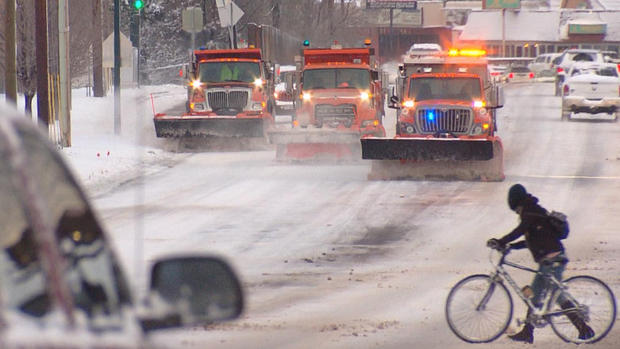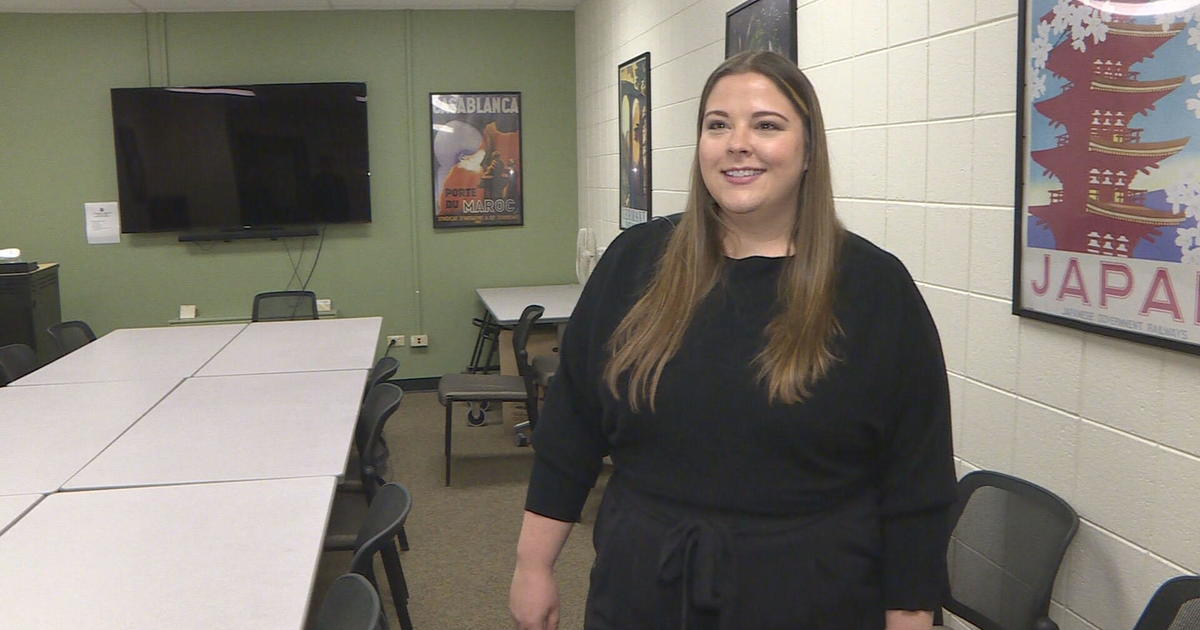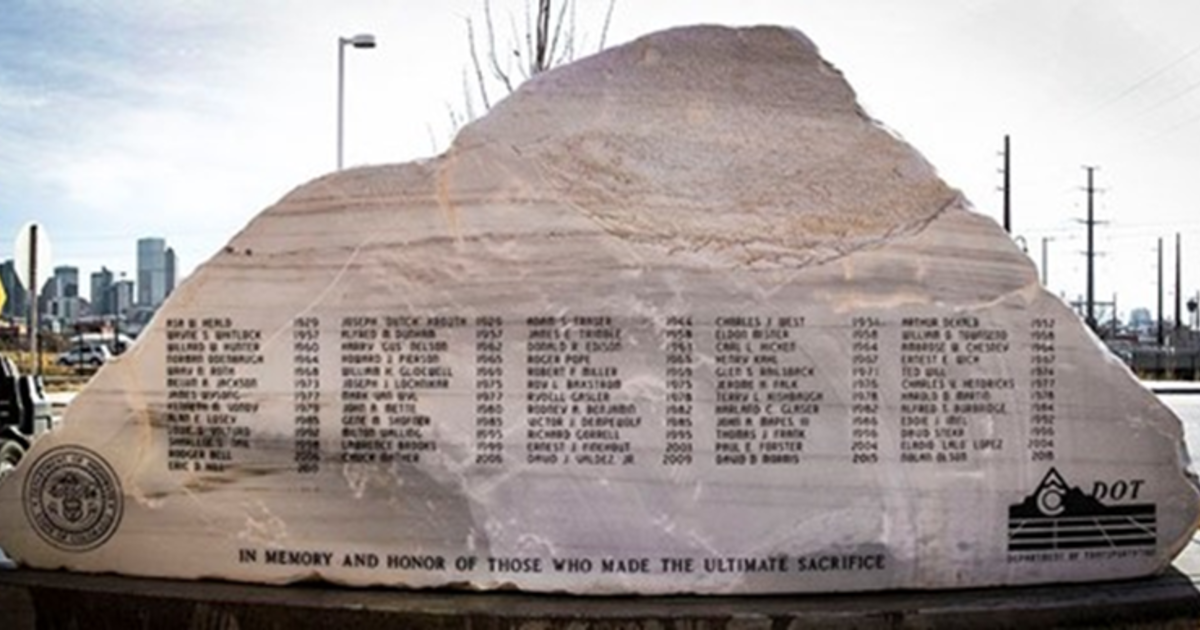Was That Intense Storm A Bomb Cyclone? Here's How You Know When The Answer Is Yes
(CNN) - Bomb. It's not a word you can say on an airplane (cue Ben Stiller). You also have to be careful when using it to describe a storm system. The phrase "bomb cyclone" has gotten some use lately, after a historic storm in March brought hurricane-force winds to Colorado, dumped feet of snow in parts of the northern Great Plains and triggered flooding that damaged property and agriculture to the tune of billions of dollars.
Another storm this week has put the term back on meteorologists' lips, though with a bit of a disclaimer in comparison with last month's weather. The asterisk owes to the factors in play. Let's break them down:
What makes a storm a bomb cyclone?
• Bomb cyclone is a term given to a rapidly strengthening storm that fulfills one important criterion.
• Generally, pressure must drop 24 millibars (a unit of pressure) within 24 hours.
• However, that benchmark is also based on the latitude of the storm. So, the millibar requirement can change depending on where the storm forms.
How fast did the pressure drop in this week's storm?
The pressure dropped 20 to 23 millibars over 24 hours starting Tuesday afternoon in Colorado.
So, it is a bomb cyclone?
Yes. And it's even stronger than you might think.
Colorado lies at about 40 degrees north latitude. Factoring that in, the storm's pressure only had to plummet 18 millibars over 24 hours to qualify as a bomb cyclone.
And it surpassed that mark -- with room to spare.
Ok. But why's it called that?
The term bomb cyclone can be traced back to a meteorological research paper published in a 1980 edition of Monthly Weather Review.
Its authors, MIT meteorologists Fred Sanders and John Gyakum, built upon work by Swedish meteorology researcher Tor Bergeron, who had initially defined "rapidly deepening" storms as those that met the 24 millibars-in-24 hours criterion.
But Bergeron was way up in Scandinavia, where storms strengthen much quicker because of the latitude (remember the Coriolis effect?)
Sanders and Gyakum adjusted the ground rules to vary based on latitude. And they added the term "bomb" because of the explosive power that these storms derive from rapid pressure drops (though Gyakum reportedly doesn't use that word anymore because of its reference to weaponry).
How do you adjust the rules?
Since you read down this far, I feel obligated to give you the actual equation (and if you love it, perhaps you should consider pursuing a career in meteorology!).
To calculate the pressure drop needed for a bomb cyclone, you take the sine of the latitude where the low pressure is located and divide it by the sine of 60 degrees (and you thought you would never use trigonometry).
Why 60 degrees? That's the latitude where Bergeron was when he developed the initial scale.
Once you do the calculation, you multiply that result by 24, and that is the number of millibars the storm's pressure must drop to officially qualify it as a bomb cyclone at the given latitude.
For this week's storm, we use 40 degrees latitude. The calculation yields about 18 millibars in 24 hours for the location-based threshold -- which this storm more than achieved.
PHOTO GALLERY: Bomb Cyclone: April Blizzard
By Brandon Miller, CNN Meteorologist
The-CNN-Wire
™ & © 2019 Cable News Network, Inc., a Time Warner Company. All rights reserved.




